Explore Stand Alone Solar Kit Options
Delve into the world of self-sufficient energy with a stand alone solar kit. These kits are designed to cater to various energy needs, providing a sustainable and independent power source. Ideal for locations without grid access, these kits are a testament to innovation in renewable energy solutions.
Components and Varieties
Each stand alone solar system kit comprises photovoltaic panels, batteries for energy storage, a charge controller, and often an inverter. The kits vary in size and power capacity, making them suitable for a range of applications from small-scale residential use to larger commercial projects.
Applications and Usability
The versatility of stand alone solar kits is evident in their wide range of applications. They are not only used in residential settings for powering homes but also in remote areas for various operational needs such as telecommunications, water pumping, and even in portable setups for outdoor activities.
Features and Advantages
Stand alone solar kits are lauded for their eco-friendliness and cost-effectiveness over time. With advancements in technology, these kits now offer enhanced efficiency and durability. The integration of smart monitoring systems in some kits allows for real-time tracking of energy production and usage.
Materials and Sustainability
The materials used in stand alone solar system kits are chosen for their resilience and performance. The solar panels are typically made of silicon, known for its long-lasting properties, while the batteries are designed to store energy efficiently, ensuring a reliable power supply.
Choosing the Right Kit
Selecting the appropriate stand alone solar kit requires consideration of energy needs, geographic location, and installation space. It's important to assess the wattage requirements and battery storage capacity to ensure the kit can adequately meet the energy demands of the intended application.



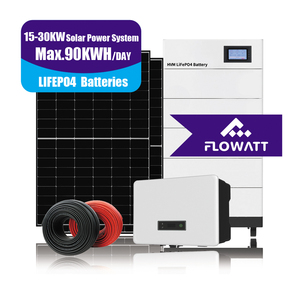












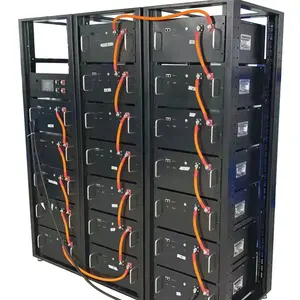


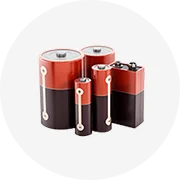
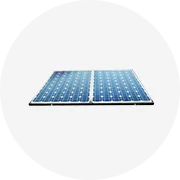
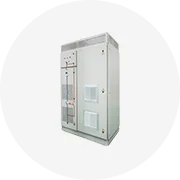
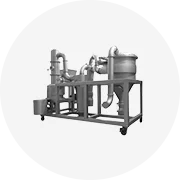

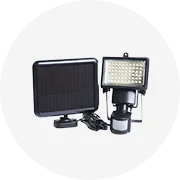
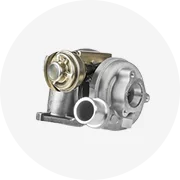
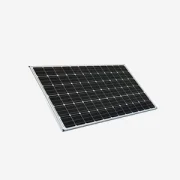








 浙公网安备 33010002000092号
浙公网安备 33010002000092号 浙B2-20120091-4
浙B2-20120091-4